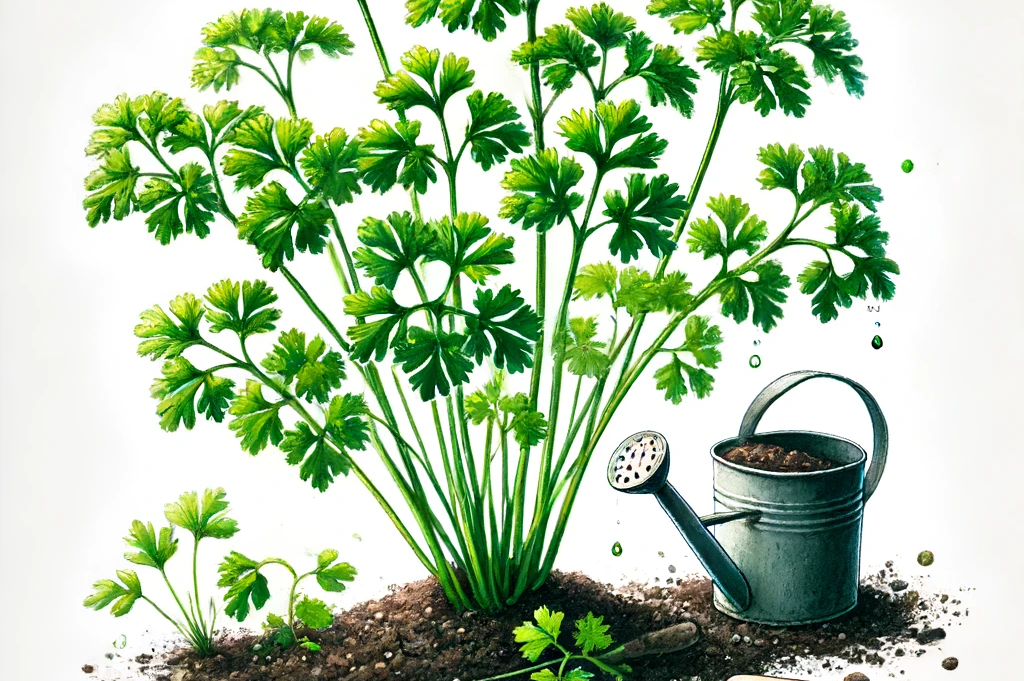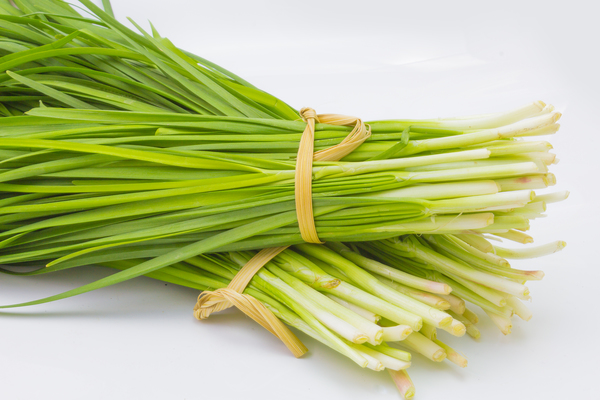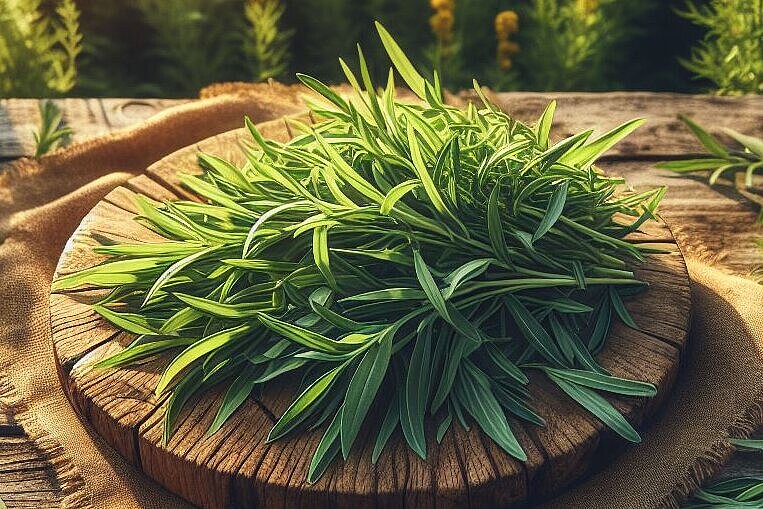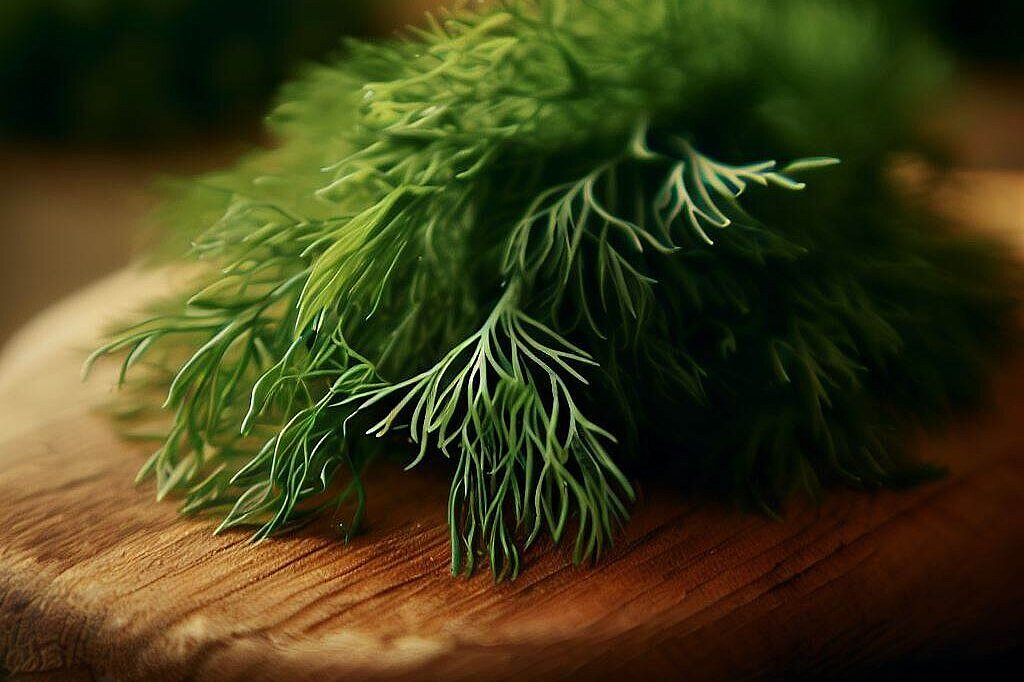Chervil

Chervil is a plant from the umbellifer family that is mainly used in the kitchen as a spice or salad. But did you know that chervil can also be interesting for dogs? In this article, you will find out what chervil is, what benefits and disadvantages it has for dogs and how you can offer it to your four-legged friend.
What is chervil?
Chervil is an annual plant that can grow up to 60 cm high. It has feathery leaves and white flowers that form small seeds. Chervil originates from south-eastern Europe and western Asia, but is now cultivated in many parts of the world. Chervil has a mild, sweet taste and an aromatic scent. It contains many vitamins, minerals and secondary plant substances that can have a health-promoting effect.
What are the benefits of chervil for dogs?
Chervil can have several benefits for dogs if it is fed in moderation. On the one hand, chervil can aid digestion as it has an antispasmodic and anti-bloating effect. On the other hand, chervil can strengthen the immune system as it has an antibacterial and anti-inflammatory effect. Chervil can also promote kidney function as it has a diuretic effect and flushes toxins out of the body. Finally, chervil can nourish the coat and skin as it is rich in vitamin C and biotin.
What are the disadvantages of chervil for dogs?
Chervil also has some disadvantages for dogs if it is fed in excessive quantities. On the one hand, chervil can lead to gastrointestinal problems such as diarrhea or vomiting. On the other hand, chervil can lead to allergic reactions such as skin rashes or itching. Chervil can also lead to blood clotting disorders as it contains coumarins, which can inhibit blood clotting. Finally, chervil can interact with medications, especially those that affect blood clotting or kidney function.
How can you offer chervil to your dog?
If you want to offer chervil to your dog, there are a few things you should bear in mind. Firstly, you should only use fresh or dried chervil, not powder or oil. Secondly, you should only feed your dog small amounts, about a pinch a day. Thirdly, you should observe your dog's reaction to chervil and consult a vet immediately if there are any signs of intolerance or overdose. Fourthly, you should inform your vet if your dog is taking medication or has any health problems.
Chervil is a plant with many health benefits for dogs, but also with some risks. If you want to feed chervil to your dog, you should stick to the correct dosage and keep a close eye on your dog.
Properties 4
Are you looking for other ingredients with a specific property?
Just click on them to find more.
If you notice any signs of hypersensitivity or poisoning in your dog, you should see your vet immediately. We are not a substitute for a vet, but we try to be as accurate as possible. Every dog reacts differently and we recommend you get a second opinion or consult your vet if in doubt.
Stay healthy and take good care of your four-legged friend!😊
Similar to Chervil
Parsley is a plant from the umbellifer family, which also includes carrots, celery and fennel. It has green, curly or smooth leaves with an aromatic scent. Parsley originates from the Mediterranean...
Chives are a plant from the leek family, which also includes onions, garlic, leeks and wild garlic. It has long, thin, green stems that look like grass and often grow in clusters. The flowers are...
Tarragon is a perennial plant that can grow up to one meter high. It has narrow, elongated leaves and small yellow flowers. There are various types of tarragon, which differ in taste and growth. The...
Dill is a spice plant from the Apiaceae family. It is known for its fine, fern-like leaves and fine seeds, which are often used in cooking. Dill originates from southwest Asia, but is now cultivated...



